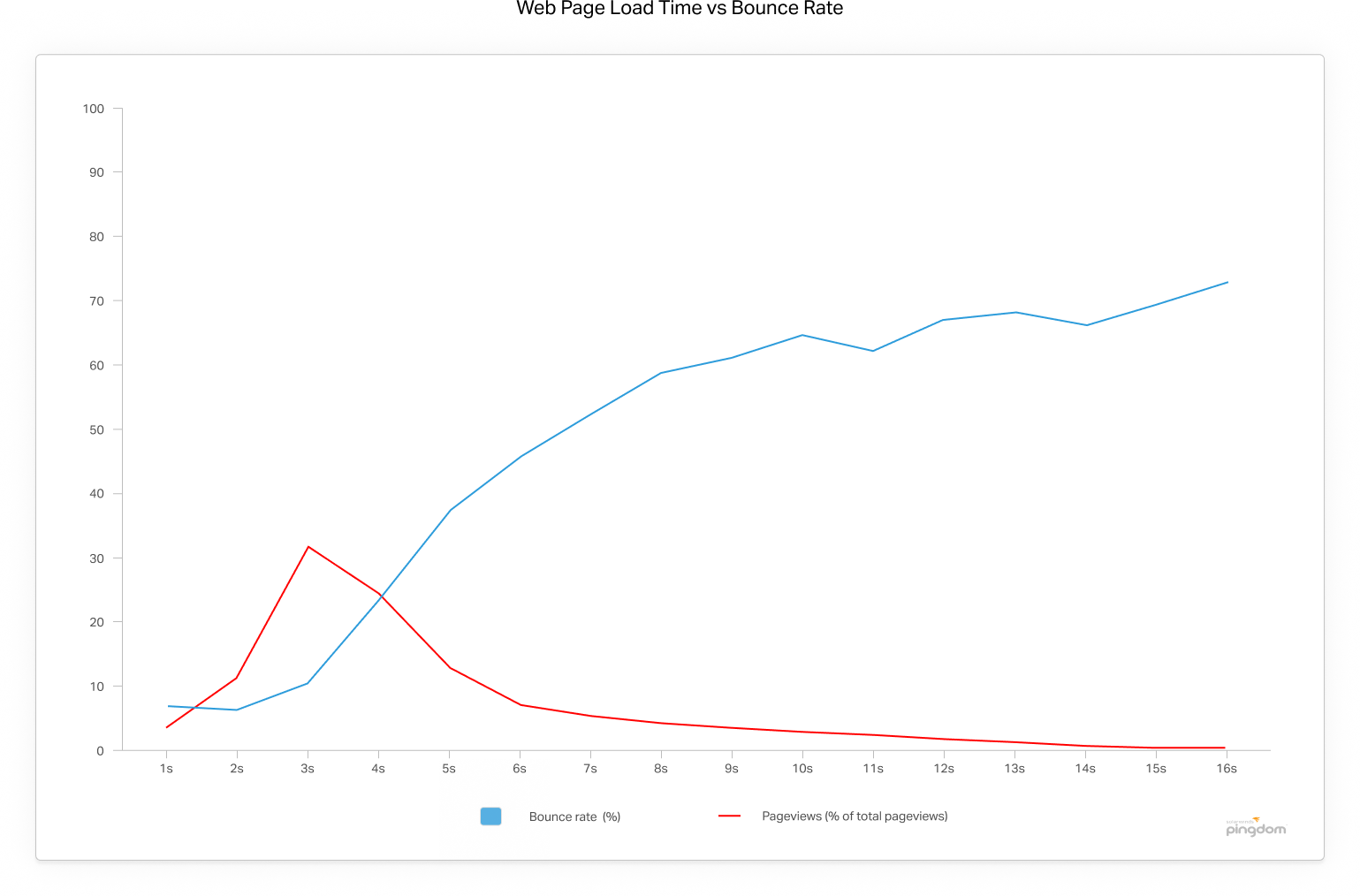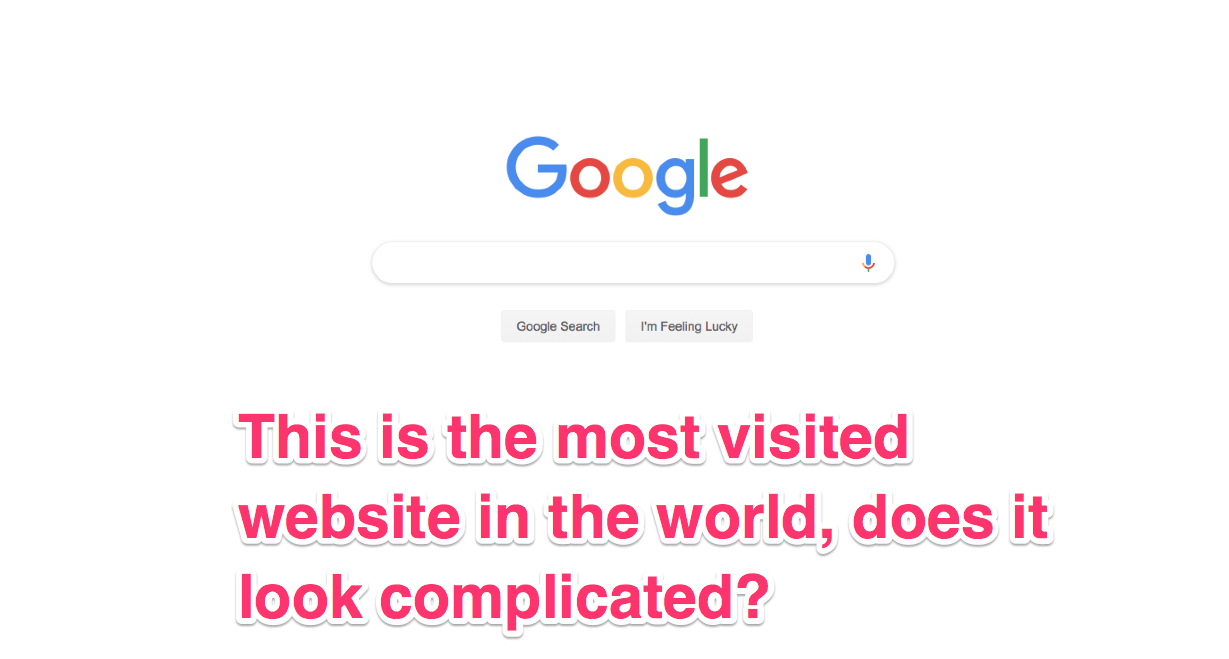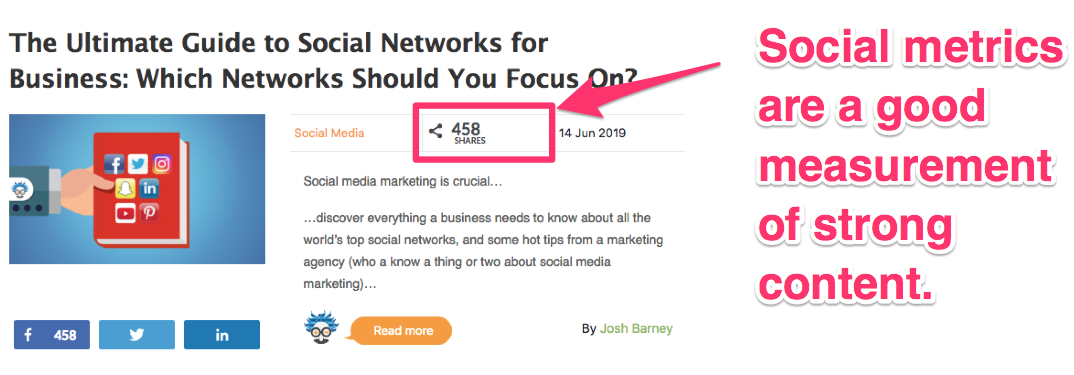6 Reasons Visitors Leave Your Website Early
If you’re an ‘average’ desktop user, I have approximately 10 seconds to impress you and keep you on the page….
…if you’re reading this on mobile, 53% of you could exit after just 3 seconds…
…and apparently, it only takes you 0.05 seconds to form an opinion on our design.
Google Analytics tells me that our stats aren’t quite as horrifying as those and that’s because we work hard to keep our visitors from leaving. Yes, many of you will be return readers, but at one point, you will have visited the Einstein Marketer blog for the first time…
…and it was up to us to prove that you should stick around for longer than 10 seconds.
If you’re struggling with high bounce and exit rates, have desperately low time-on-page stats or are failing to turn visitors into leads and leads into customers, your problem might be your website.
In the rest of this article, I’m going to reveal some of the top reasons that your visitors are exiting your website early and explain what you can do to prevent it.
Contents
What Are the Implications of Visitors Leaving Your Website Early?
Before I dive into the top reasons that people leave your website, I feel like I have to explain why it’s so important that you optimise your website to keep visitors from leaving.
The obvious reason is lost opportunity. Every time somebody exits your website, you miss out on a potential opportunity to move them towards your website’s ‘goal’. This aim might be as straightforward as making a sale, generating a lead (or subscriber), growing your following or redirecting them elsewhere (just a few examples).
An early exit = lost opportunity.
However, that isn’t the only problem it causes. One of your priorities as a website owner should be to generate more organic traffic.
BTW: Organic traffic refers to visitors entering from search engines (e.g. Google). This traffic is FREE, highly qualified and actively seeking what your website offers.
Google try to provide the highest quality links to their search enquiries, so when a website shows high bounce and exit rate, as well as low time-on-page stats, it tells their search engine that their website is low quality and thus, these pages rank lower.
So, as well as missing out on existing opportunities, having a website that visitors are leaving early actually makes you miss out on more future opportunities.
Load Speed
Load speed is the most common reason for high bounce rate.
It’s thought that the average visitor has the patience of 3 seconds for a website to load. After this magic number, bounce rate climbs dramatically.
Pingdom cite the exact figure at 3.21 seconds…

This number also aligns with mobile visits, highlighting the importance of building a website that’s responsive and optimised for mobile. If you publish blogs and articles, I strongly recommend making an AMP (Accelerated Mobile Page) version of all your web pages. Find out more in our AMP guide.
Other ways to improve your load speed include installing a caching plugin, reducing the size of your image files, using a server with a CDN included and deleting any old or unwanted plugins.
I’ve already put together a load speed guide, so if you are suffering from a high bounce rate because of slow load speeds, check out 8 actionable ways to improve load speed.
If you’re unsure, get over to Pingdom and test your website load speed (for Desktop) or Test My Site (for mobile).
No Direction
If you don’t encourage your visitors to go anywhere else on your website, why should they?
When your web pages have no direction, no links and no recommended pages, visitors don’t have many other options except to leave.
This point is particularly apt for anybody involved in content marketing. Every piece of content you publish should provide value to your audience and encourage them to move toward your website goals.
This means adding relevant links wherever possible, directing visitors to more content, deeper explanations, lead magnets or product pages.

If you are running an eCommerce store, you could highlight similar, recently viewed or ‘customers also purchased’ product pages.
Whatever you do, make sure you give your visitors a reason to stick around and view more (especially visitors who are on the ‘fence’).
Poor Design
When I say ‘poor design’ I don’t necessarily mean a website that’s unattractive (although this can make a difference, especially if it hasn’t been updated for years).
The problem that I see time and time again, is a website that is designed for fashion over function…
…and when looks are prioritised, it usually leads to a ton of negative knock-on effects. These include painfully slow load speeds, poor navigation and unresponsive buttons.

A website should be designed to serve a purpose and this should always be a website owner’s prerogative. The look of a website should come second to its purpose.
I know that we all want to have beautifully designed pages, but the fact is that most people want minimal design elements, so they can focus on the reason they’ve landed on the page, whether that be a product, an article or simply answer a question.
If you’ve spent months and money on your website design, you aren’t alone. Many first-time website owners do the same. My best advice is to cut back on the clutter, strip it down to the bare bones and make sure that your navigational menu is always visible.
Weak Content/No Value
If your website offers very little value to visitors and your content is poor, why would a visitor want to stay?
A website’s value is measured by its ability to inform, educate, entertain, engage or solve a problem for a visitor. When you don’t provide any of these crucial factors, it results in high bounce and exit rate, as well as low time-on-page stats.
When you make a promise to a visitor, you must fulfil it. This means creating content that is worthy of the headline and copy you use to promote it. It means displaying products that solve prospect’s problems and pain points.

If the other factors in our list of reasons don’t match, you might need to analyse the quality of your content against the leaders in your industry.
Not Mobile Optimised
If you haven’t optimised your site for mobile, you’ve effectively created a website that doesn’t appeal to a large percentage of visitors.
This is an easy trap to fall into, especially given that websites are typically built on desktop (or laptops). Website owners often overlook the fact that almost half of their traffic will arrive on mobile, and only design a website for desktop, because that’s where they’ve built it.
As you build and edit your website, it’s crucial that you check how every change or addition effects mobile.

The most important elements to look out for include:
- Load Speed: Does your new plugin slow down mobile load time? Are you compressing images for mobile visitors? Use the Test My Site tool (created by Google) to discover how fast your site is and what you can do to improve its mobile usability.
- Navigation: Where is your main menu on mobile? Is it easy to use? Are your navigational buttons big enough for a thumb to click? Websites that are tough to navigate are incredibly frustrating for mobile visitors. Keep a constant check on this, especially when you edit your main menu.
- Layout: Does your desktop design translate well onto mobile? Many out-of-the-box themes come with a mobile optimised version, but can quickly become a mess when they’re edited and personalised.
The key takeaway here is to always double-check your website on mobile!
Outdated
Old website designs and features immediately create a bad impression amongst visitors.

When a site is outdated it makes a visitor question whether you’re still in business, causes trust and security issues and provokes concern about your credibility.
When I land on a website that looks really old, I do one of two things, either leave immediately, or search for a date (on a blog post or product review). If I can’t find a date (or do and it’s very old) I leave…
…and even when I stay, I rarely go any further than the landing page, because I simply do not trust the website.
You must always keep on top of design updates and perform an audit of your website at least once every year.
BTW: This doesn’t mean changing your website once a year, it means analysing it against everyone else (especially your competition).
Conclusion
If you’re suffering from high bounce rate, low time-on-page stats and a lack of movement of visitors through your funnel, it’s probably because of one (or several) reason(s) on this list.
Every time a visitor leaves your website, you’re missing out on an opportunity to achieve your digital goals. Try to avoid the 6 mistakes on this list and you’ll dramatically increase your chances.
Use the tools and guides that I’ve suggested in this article to analyse your website and optimise it from there…
…and if you have any suggestions, questions or problems, leave a comment or contact us!
Test Your Website Speed with Pingdom, Improve your load Speed (Tips) with 8 Actionable Ways to Improve Load Speed.
- Author Details





4 Responses
Great, simply, concise and easy to implement write up!
Thank you Ib!
I think No direction does more harm than any of the rest. What is good copy, design etc if your visitors do not know where to go from landing on your page… Businesses.. especially SaaS should learn to take their visitors by their hands and lead them though their site.Thanks for sharing.
Hey John, thanks for the comment. You’re right, no direction is a massive cause of website exits. However, if the website is slow to load in the first place, nobody will ever make it to the site!!!